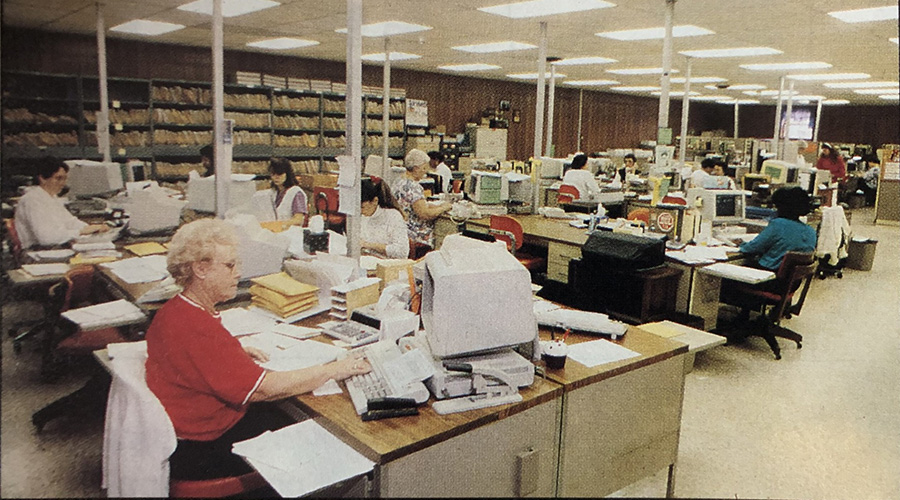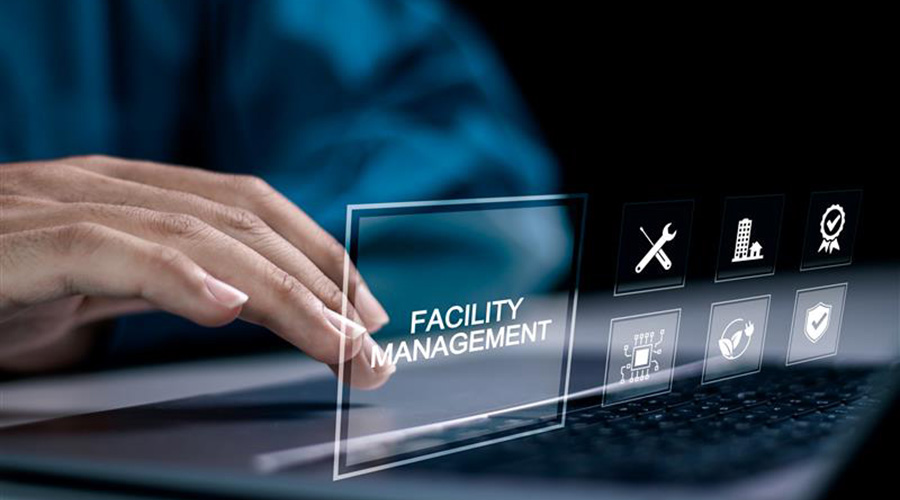U.S. Customs and Border Protection Meets Multiple Objectives With Modernization Project
Honoree: U.S. Customs and Border Protection
Project: Land Ports of Entry Modernization
Under the Department of Homeland Security, the U.S. Customs Service and Immigration and Naturalization Service combined to form U.S. Customs and Border Protection, which has had a rapidly evolving mission and operational requirements. However, its facilities, especially the land ports of entry (LPOE), were not able to keep pace. Especially along the north and south borders, LPOEs averaged 40 years of service with no upgrades and lacked the technology and infrastructure necessary to their current mission.
When Congress appropriated $420 million in 2009 to modernize 31 of the LPOEs, U.S. Customs and Border Protection took the opportunity to tackle the project in such a way as to create facilities that served a myriad of needs, while coming in under budget. In addition to meeting antiterrorism and law enforcement needs, the modernization projects had to stimulate the local economy, follow executive orders for sustainability, and remain sensitive to their locations and communities.
"Especially as you go further east, a lot of times these facilities are built into communities that have existed for hundreds of years," says Trent Frazier, director, field operations facilities program management office. "At the time that the original customs operation was developed in those communities, it was a much different mission than what we perform today. So we really had to take a step back and think, the mission has changed drastically since this community developed, how do we integrate ourselves back into that community but also perform the mission?"
Another challenge to the modernization was that projects had to have shovels in the ground within two years. By developing a system of three prototypes providing different levels of security, 17 of the projects were awarded just 200 days after funds were appropriated. Using prototypes also provided significant cost savings.
Each LPOE has improved infrastructure for processing travelers, and the main buildings provide a safe and comfortable work environment to support officers in their work.
"We ask folks to work in very challenging environments doing a very challenging mission and we want those buildings to support them in doing that, and we want them to be sustainable over time," says Frazier. "We don't want those bread and butter maintenance issues to be what's weighing on someone's morale. We want them to feel they have a very solid, very robust, very well thought out facility supporting them and allowing them to focus on what they're supposed to be focused on."
Related Topics:

















